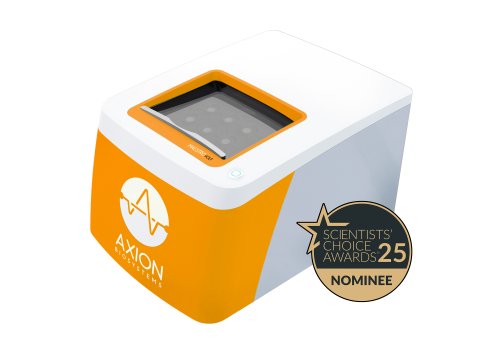What are the advantages of MEA to study in vitro Parkinson's disease models?
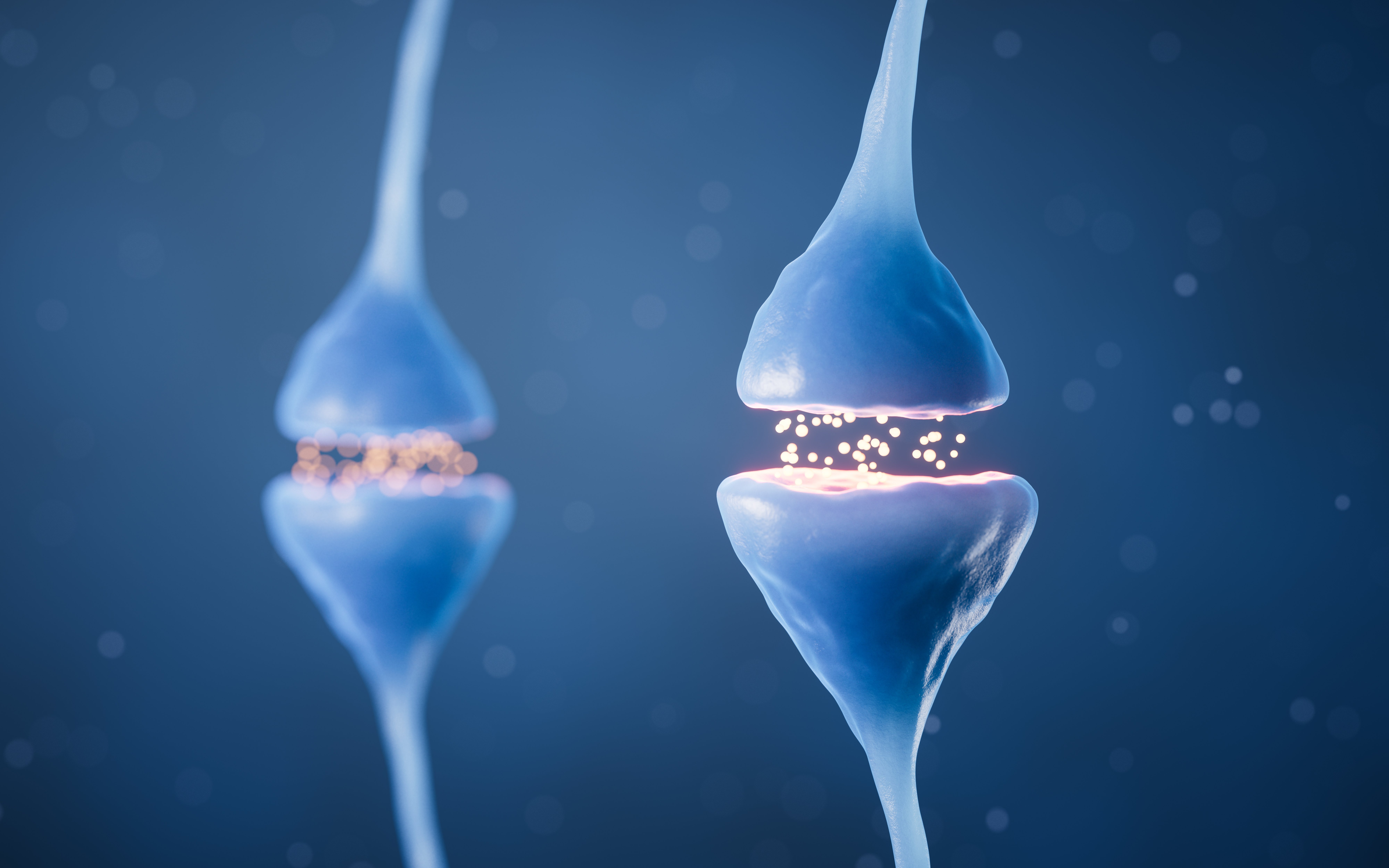
Parkinson’s disease is a neurodegenerative disorder that primarily affects motor functions as a result of dopaminergic neuron degeneration in the midbrain. There is no cure for Parkinson’s disease, but new technologies and innovative in vitro cell models and are enabling deep insights into underlying disease mechanisms and paving the way to novel therapeutic approaches.
Axion’s hands-free, noninvasive Maestro MEA systems offer an ideal platform for investigating neural dysfunction and evaluating potential treatments for Parkinson’s disease and other neurodegenerative disorders.
Characterization of Parkinson’s disease in vitro
Observe the degeneration of neuronal function and communication of neuronal networks in vitro with Axion’s Maestro MEA technology.
Parkinson’s disease pathogenesis is characterized by:
- Dopamine deficiency
- Formation of Lewy bodies
- Neuroinflammation
- Mitochondrial dysfunction
Lack of dopamine, a neurotransmitter crucial for motor function, results in the characteristic motor symptoms, including tremors, muscle rigidity, and bradykinesia.
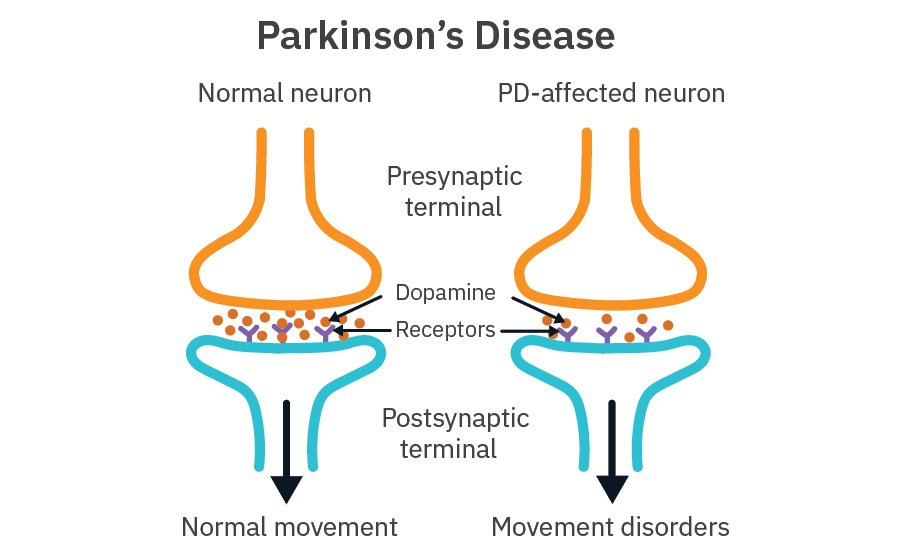
Study neural function using in vitro models of Parkinson's disease
-
Compare functional development of PD and non-PD neurons>
-
Publication Highlights: Parkinson's disease >
Purpose: To assess differences in functional activity and network formation between Parkinson's disease (PD) and non-PD patient-derived neurons.
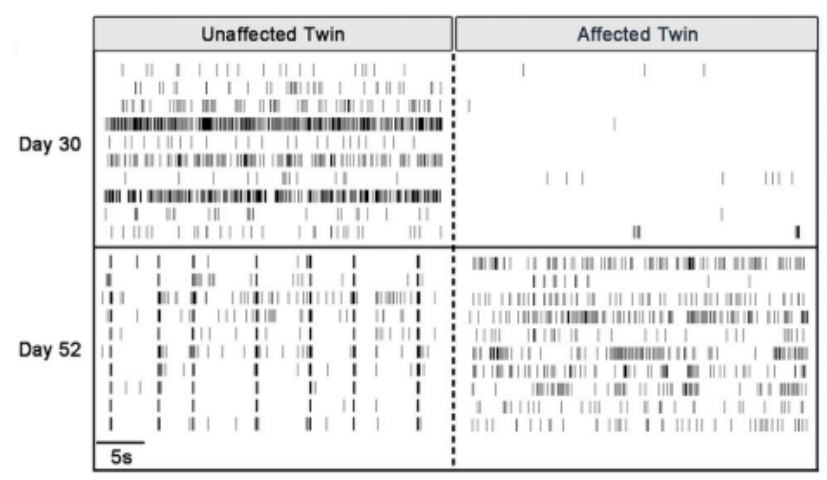
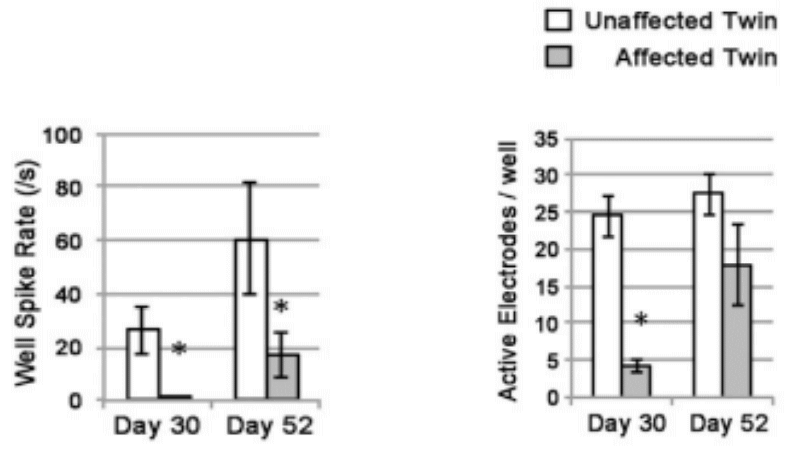
iPSC-derived dopaminergic neurons from a PD-affected and unaffected twin were cultured on the Maestro MEA platform and measured over 52 days.
Result: The Maestro MEA showed that PD neurons were delayed in development of both spontaneous activity and a mature neural phenotype compared to non-PD neurons of the same age. [Woodard et al. 2014]
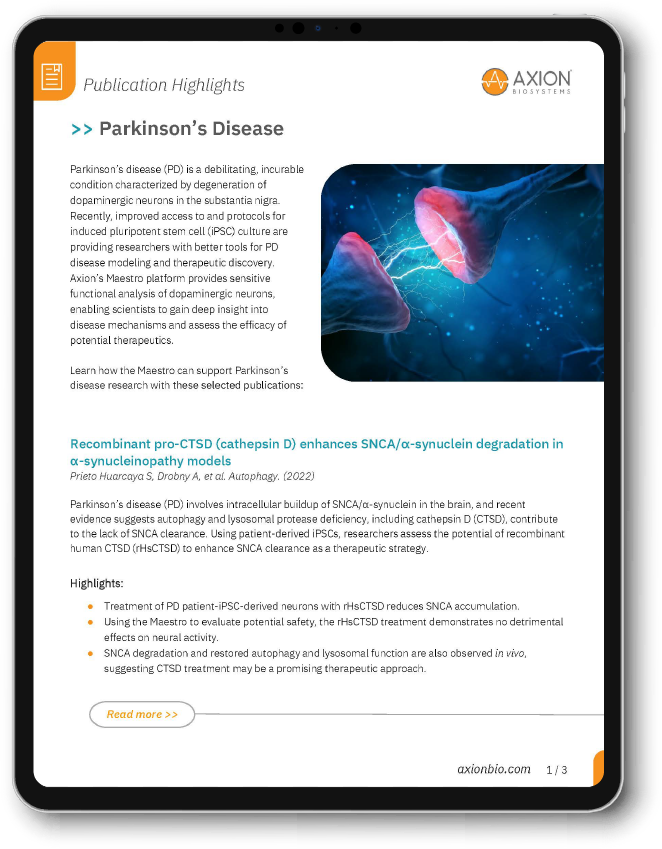
Publication Highlights: Parkinson's disease
Review the latest Parkinson's disease research using Axion’s platforms. Axion’s Maestro platform provides sensitive, long-term functional analysis of dopaminergic neurons, enabling scientists to gain deep insight into disease mechanisms and assess the efficacy of potential therapeutics.
FAQ:
- The Maestro MEA platform offers a controlled environment for studying detailed neural network activity in vitro.
- High-throughput multiwell plates make it ideal for screening patient-specific lines and therapeutics.
- Noninvasive monitoring allows for the study of long-term effects and disease progression.
- It is easy to use, requiring only basic cell culturing techniques to measure neural electrophysiology.
What kind of neural cultures can be measured on the Maestro MEA?
The main requirement is that you have electrically active cells. Primary or stem cell-derived neurons can be used. They may be cocultured with our without glial cells. Neurons can be measured from 2D cultures, organoids or other 3D cultures, and slices.
What kind of metrics can you get from neural activity?
MEA measures from multiple areas of a culture over time, allowing you to go beyond just the firing of individual neurons and evaluate dynamic network activity and the development of functional phenotypes. Learn more about what you can do with our Neural Module.



